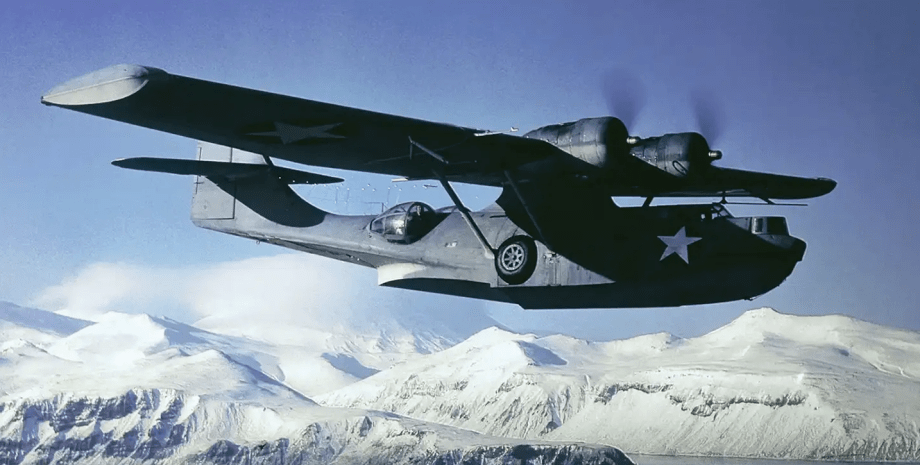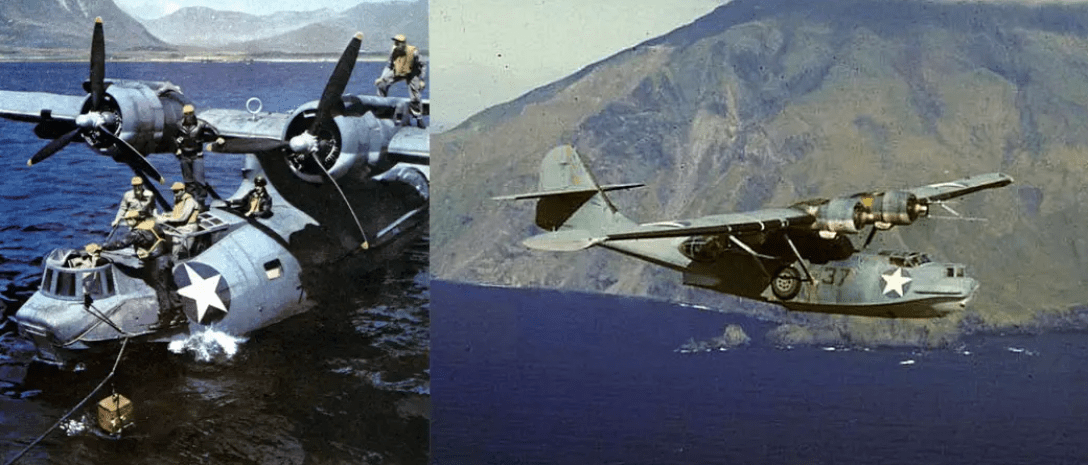
The US is restoring the World War II Catalina project in search of an airplane for water warfare (photo)
In a possible war with China, airfields will be the first targets for China, so the United States needs an aircraft that can land on water. Catalina II may become such a development.
An American company from Florida plans to turn an iconic seaplane from World War II into a modern product that will perform airborne operations. This was reported by The War Zone.
The Next Generation Amphibious Aircraft (NGAA) is a twin turboprop amphibious aircraft project based on the World War II PBY Catalina. His tasks included maritime patrolling, transportation, and search and rescue operations.
“The NGAA Catalina II is a modern amphibious aircraft with advanced engines and avionics that will provide capabilities that no other amphibious aircraft can provide today,” said Catalina Aircraft President Lawrence Rees.

It is this company that has PBY-5 certificates for the creation of amphibious aircraft. The publication writes that the development of the Catalina could be very timely, as the United States is looking for aircraft that are independent of runways. In the event of a war with China, airports and airfields are likely to be the first targets.
The U.S. Air Force Special Operations Command is currently testing what is called the MC-130J Amphibious Capability or MAC. This is a converted MS-130J seaplane. However, the initial demonstration of this concept is at least two to three years away. However, the seaplane will have limited capabilities compared to the future Catalina II. Because Catalina can potentially operate in rough waters. Both sides can complement each other.
Catalina Aircraft said it is developing two versions of the Catalina II, one for commercial customers and the other for the military. The military aircraft will have a takeoff weight of 18,143 kg, twin turboprops and support government and military concepts of operations. The aircraft will be able to operate at wave heights of up to 0.9 meters and wind speeds of up to 10 knots.
The first aircraft should be delivered to the US Army by 2029. It will be able to take off from water, sand, lakes, rivers, bays, or a regular runway.

